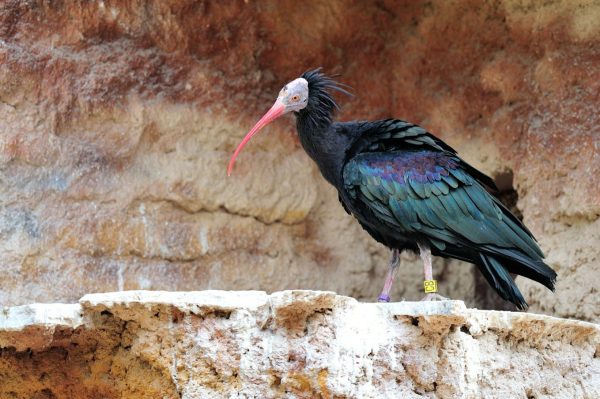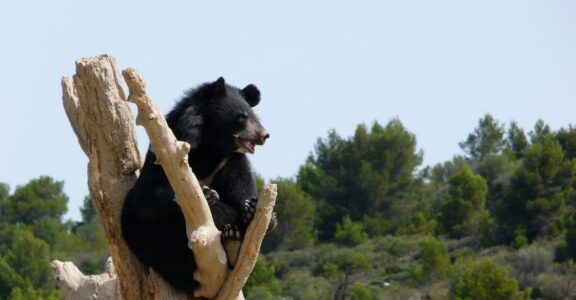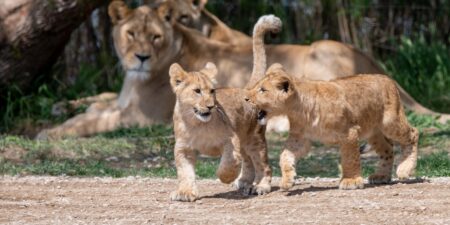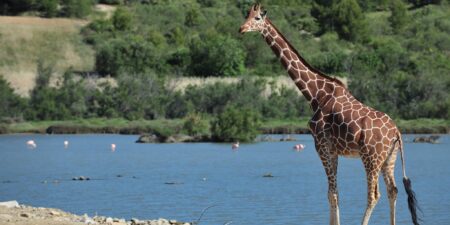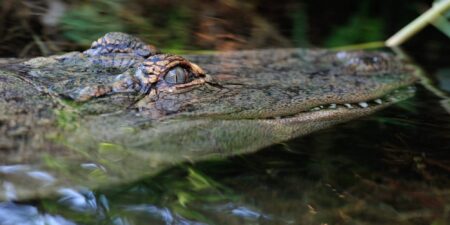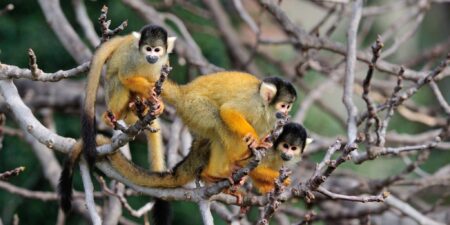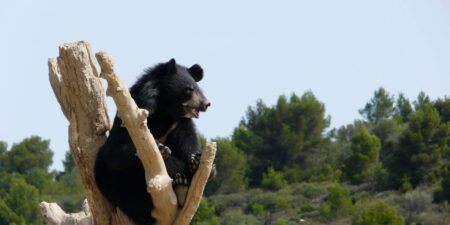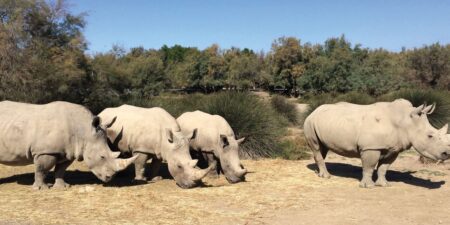Taking action in the field
The Réserve Africaine de Sigean is a partner of the conservation programs, associations and NGOs listed below.
Current programs (2022/2023)
- AFRICA – Sahel | Sahara Conservation (2023)
- AFRICA – Niger | ASGN – Association de Sauvegarde des Girafes du Niger (2023)
- AFRICA – Ivory Coast | Nature Conserv’action: support for the creation of a community reserve on the outskirts of Taï National Park (2023)
- AFRICA – Senegal | Panthera: protection of Niokolo-Koba Park (2018 – 2023)
- AFRICA – Democratic Republic of the Congo | J.A.C.K. : Care for orphaned chimpanzees (2018 – 2023)
- AFRICA – Guinea | CCC: Chimpanzee Conservation Center (2020 – 2023)
- EUROPE – France | LPO de l’Aude: “Au secours du Moineau friquet” (2023)
- EUROPE – France | Association Paysans de Nature: Emergence of a “Paysans de nature” group in the Hautes Corbières (2023)
- EUROPE – France | Association ADENA: monitoring of postnuptial bird migration by ringing at the Bagnas site (2023)
- EUROPE – France | Fédération Aude Claire : Inventories, preservation, awareness-raising for a little-known and endangered species: the Cultriped Pelobate (2022 – 2023)
- EUROPE – France | Association du Refuge des Tortues : Project “Creation of a breeding station dedicated to the study and conservation of the leprous emyd (Mauremys leprosa)” (2021 – 2023)
- EUROPE – France | LPO 34: Financial support for the Villeveyrac care center (2018 – 2023)
Older programs
- AFRICA – South Africa | Save the Rhino: anti-poaching campaign in Hluhluwe-iMfolozi Park (2019/2020)
- EUROPE – France | Association de sauvegarde du littoral des Orpellières : Safeguarding the biodiversity of the Biterrois coast (2022)
- EUROPE – France | Aude Nature : Action to protect swallow populations in towns and villages in the Narbonnaise en Mediterranée Regional Nature Park (2022)
- EUROPE – France | Fédération Aude Claire : project “Awareness and inventory of nocturnal Lepidoptera” (2021)
- EUROPE – France | Association ADENA : project “Mobilization around invasive alien plant species (EVEE) in the Etang de Thau watershed” (2021)
- EUROPE – France | Fédération Aude Claire: raising awareness of ordinary biodiversity (2020)
- EUROPE – France | LPO de l’Aude: “Hirondelles” project (2020)
- EUROPE – France | Groupe Chiroptères du Languedoc Roussillon : “Great Boreal Owl” action plan (2020)
- EUROPE – Spain | Junta de Andalucia : Reintroduction of the Northern Bald Ibis (Geronticus eremita) on the Andalusian coast (2018)
Africa – Sahel
Sahara Conservation 2023
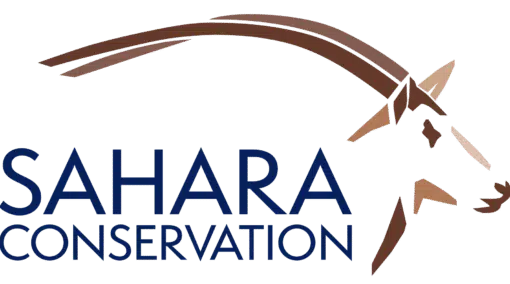
Founded in 2004, Sahara Conservation (formerly Sahara Conservation Fund) is an international NGO registered in the United States and France. Founded in response to the extinction of biodiversity in the Sahara and Sahel, Sahara Conservation focuses on safeguarding and restoring the region’s flora and fauna, now among the most threatened on the planet, and protecting the vast desert landscapes that enable them to survive.
Its projects are based on the creation and management of protected areas and wildlife corridors, the reintroduction of species that have become extinct in the wild or are highly threatened, and the training and skills enhancement of African professionals working to protect biodiversity – particularly in the field of wildlife inventories and ecological monitoring.
These activities are part of a tailor-made conservation program based on the recognized expertise of the organization’s members, focusing primarily on a range of key species: dama gazelle, addax, oryx algazelle, ostrich, carnivores, bustards, etc.
Further information: https: //saharaconservation.org/.
Sahara Conservation’s priority is also to awaken the interest of the international community in the natural spaces of this forgotten area of the African continent, by highlighting the conservation actions and projects that can be undertaken there.
Over the past decade, Sahara Conservation has achieved some remarkable results, such as the creation of the Termit and Tin Toumma National Nature Reserve, the largest terrestrial protected area in Africa, in Niger, or the reintroduction of the oryx algazelle, a species declared extinct in the wild since the 1980s, in Chad.
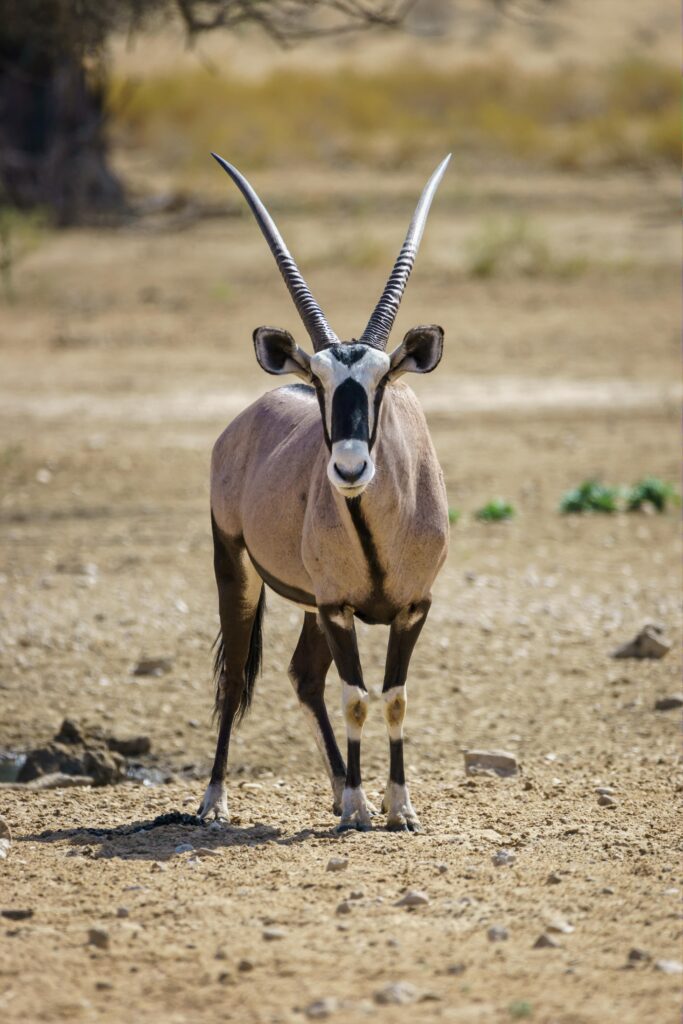
Africa – Niger
ASGN (Association de Sauvetage des Girafes du Niger)

ASGN is an association that has been protecting giraffes since 2001 by encouraging local residents to consider the animal as a heritage and a resource. Knowing her country’s problems as well as she does, she takes an integrated approach to conservation and development.
Protecting the giraffe and its habitat is only possible if the association involves the local human populations, making them aware of the need to preserve their environment and helping them to find development solutions.
The last giraffe in West Africa and the only member of the Giraffa camelopardalis peralta subspecies, they once ranged by the thousands from Senegal to Niger. Decimated by the expansion of cultivated areas, hunting and the advance of desertification, they isolated themselves in the 80s in south-east Niger, in a populated area characterized by livestock and millet cultivation.
By 1996, the number had fallen to 49. Since then, their population has continued to grow, and there are now more than 850 of them!
ASGN provides micro-loans to the peasant groups it supervises to encourage the development of income-generating activities in the villages: sheep rearing, market gardening, sale of wafers and doughnuts…
Each member receives between 15 and 73 euros. The money is loaned for 6 months, after which ASGN recovers it, interest-free, for the immediate benefit of a neighboring group.
Further information: https: //www.facebook.com/ASGNofficiel
As the giraffe population grows, the ASGN team considers it necessary and important to visit villages that are rediscovering this large mammal. To reach these villages and enable the local population to consider the giraffe as an important animal for their community, it seems necessary, after the awareness-raising meetings, to be able to offer these micro-credits to the women’s groups present at first.
In a second phase, it is also beneficial to consider land reclamation actions to encourage regeneration of the vegetation cover, in favor of giraffes and to reduce potential conflicts of use in agricultural fields.
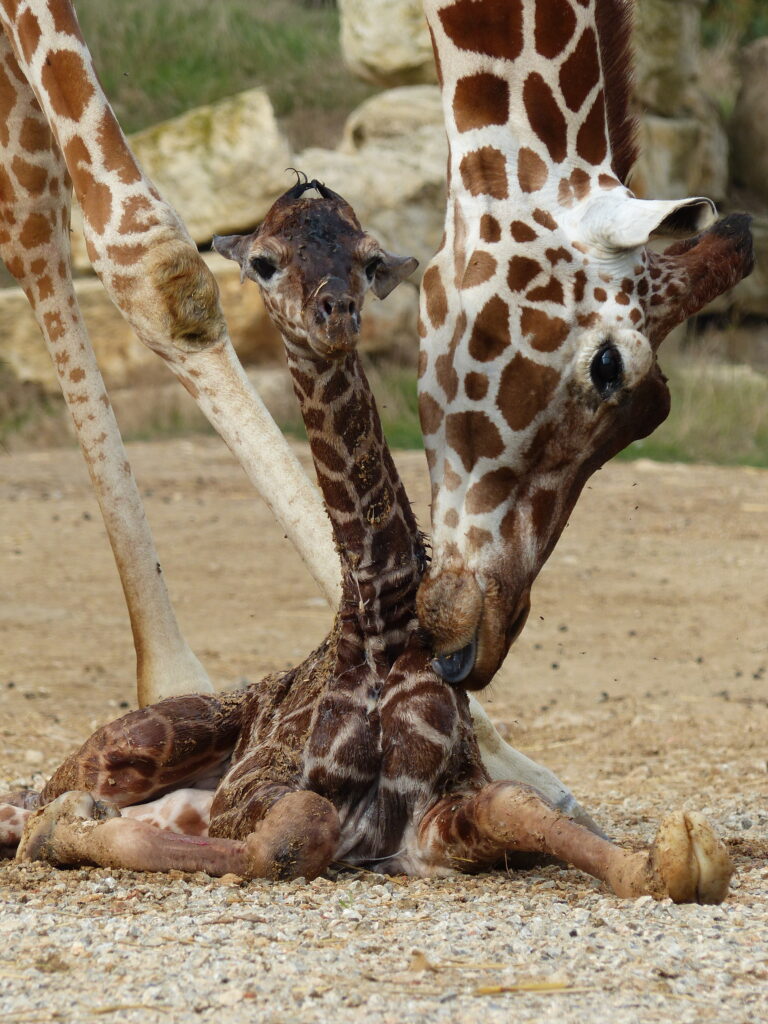
Africa – Ivory Coast
Nature Conserv’Action: Support for the creation of a community reserve on the outskirts of Taï National Park (2023)
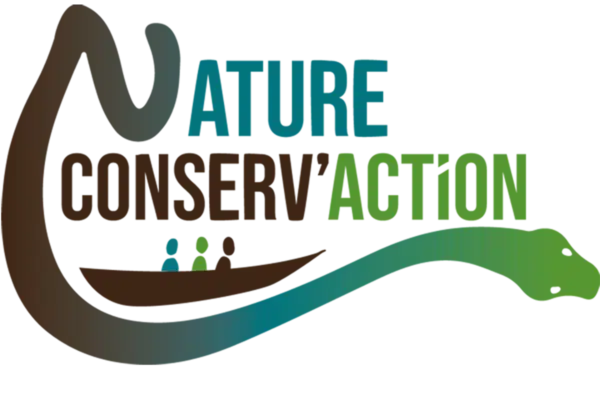
The Nature Conserv’Action Association is a 1901 law association dedicated to biodiversity conservation and environmental awareness, created in 2017 by young biologists from the University of Montpellier, with the aim of carrying out projects linking science, conservation and popularization.
Through a multi-disciplinary approach, Nature Conserv’Action’s commitment is to contribute to the conservation of ecosystems in partnership with local organizations and communities.
The Association’s main objectives are to (1) support and sustain conservation projects run by local organizations and communities; (2) develop fundamental and applied research projects involving students, researchers and local managers; (3) train, support and build the capacities of partners by sharing its technical and scientific expertise; (4) communicate and popularize the issues of community conservation and participatory and open science to the general public.
It operates in France, South America (current projects in Peru) and West Africa.
Since 2018, the Nature Conserv’Action Association has been piloting a community conservation project in the Peruvian Amazon in collaboration with its partner AMPA – Amazonicos por la Amazonia, carrying out participatory reptile and amphibian inventories and building the capacities of 8 associations of conservation concession managers.
The Association is now undertaking similar projects in West Africa. In 2022, the Nature Conserv’Action association will launch its two long-term projects: (1) “Community conservation in Côte d’Ivoire” and (2) “Contributing to conservation through research, using innovative technologies: drones to help monitor crocodile populations”.
Initial field phases are planned for 2023 and 2024 to support the creation of a voluntary community reserve in the peripheral zone of the Taï National Park; and to strengthen reptile and amphibian conservation initiatives (participatory inventories, manager training, design of educational materials) within a corridor of nature reserves in eastern Côte d’Ivoire (N’ganda N’ganda classified forest; Ehotilé Islands National Park; Tanoé-Ehy Marais Forest Voluntary Nature Reserve).
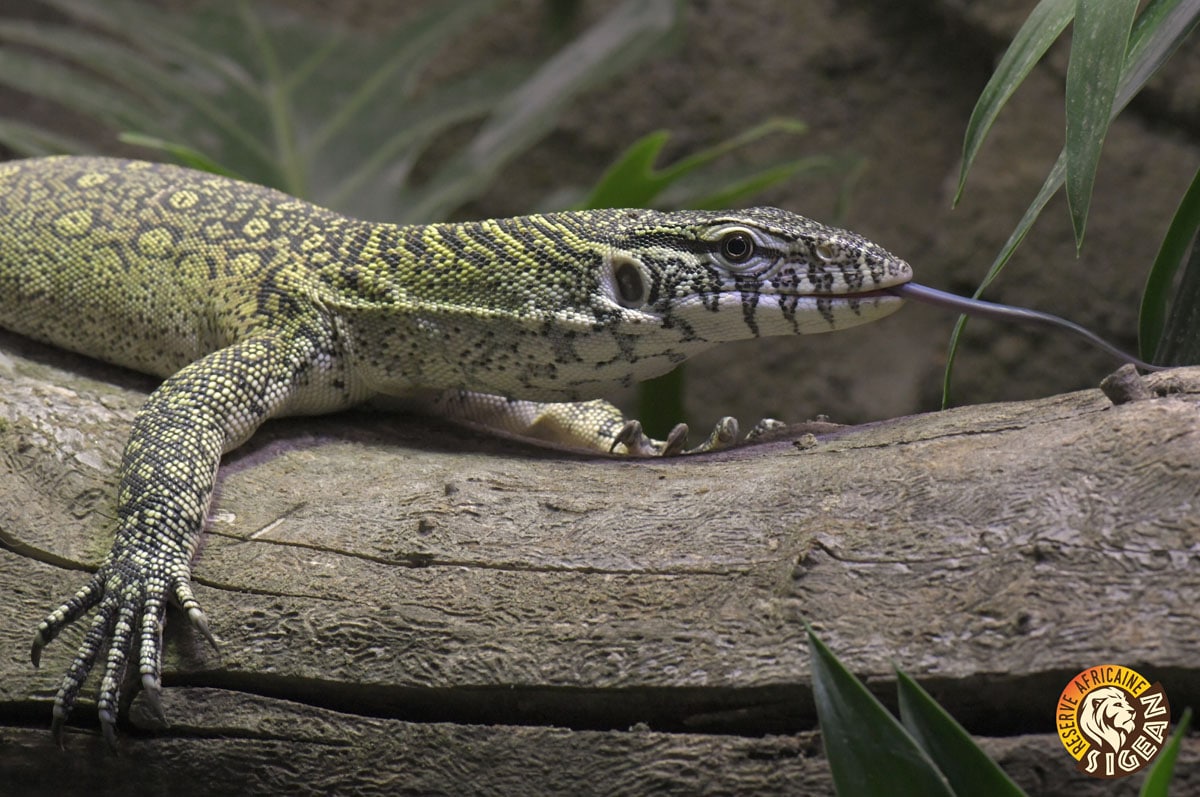
Africa – Senegal
Panthera : Protecting Niokolo-Koba Park
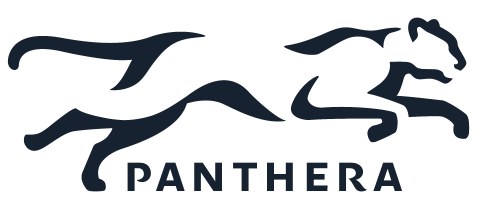
Niokolo-Koba National Park is a UNESCO World Heritage Site and a member of the World Network of Biosphere Reserves (WNBR).
Located 650 km east of Dakar in southeastern Senegal near the Guinean border, this reserve is home to a rich diversity of wildlife: lions, wild dogs, West African chimpanzees, Derby elands, elephants…
Heritage at Risk
Targeted by too many threats such as poaching, illegal gold panning, premature draining of water points… the park has been seriously threatened since 2007. Some species are in a worrying situation, particularly large carnivores such as lions and wild dogs.
PANTHERA
Panthera is a non-profit, non-governmental organization specializing in feline conservation. Founded in 2006 in the United States, it has had a French branch since 2016. Drawing on the expertise of the world’s leading specialists, it studies and develops global actions to protect the 40 wild cat species.
Panthera works with over 200 local partners in 36 countries.
Further information: www.panthera.org/france.
The Réserve Africaine de Sigean supports the Panthera association in the reinforced protection of a crucial area for wildlife in the south-east of the Niokolo-Koba Park.
Panthera and Senegal’s Direction des Parcs Nationaux (DPN) have set up various ranger patrol and surveillance programs with the following missions:
- Monitor and prevent illegal gold panning, poaching and other illegal activities
- Set up local communication networks and install PoacherCam surveillance cameras (manufactured and developed by Panthera).
- Equipping and training foot and vehicle patrols
- Renovate runways and roads, as well as buildings and guard posts.
- Survey and assess local megafauna
- Monitor the condition of the park’s various water points.
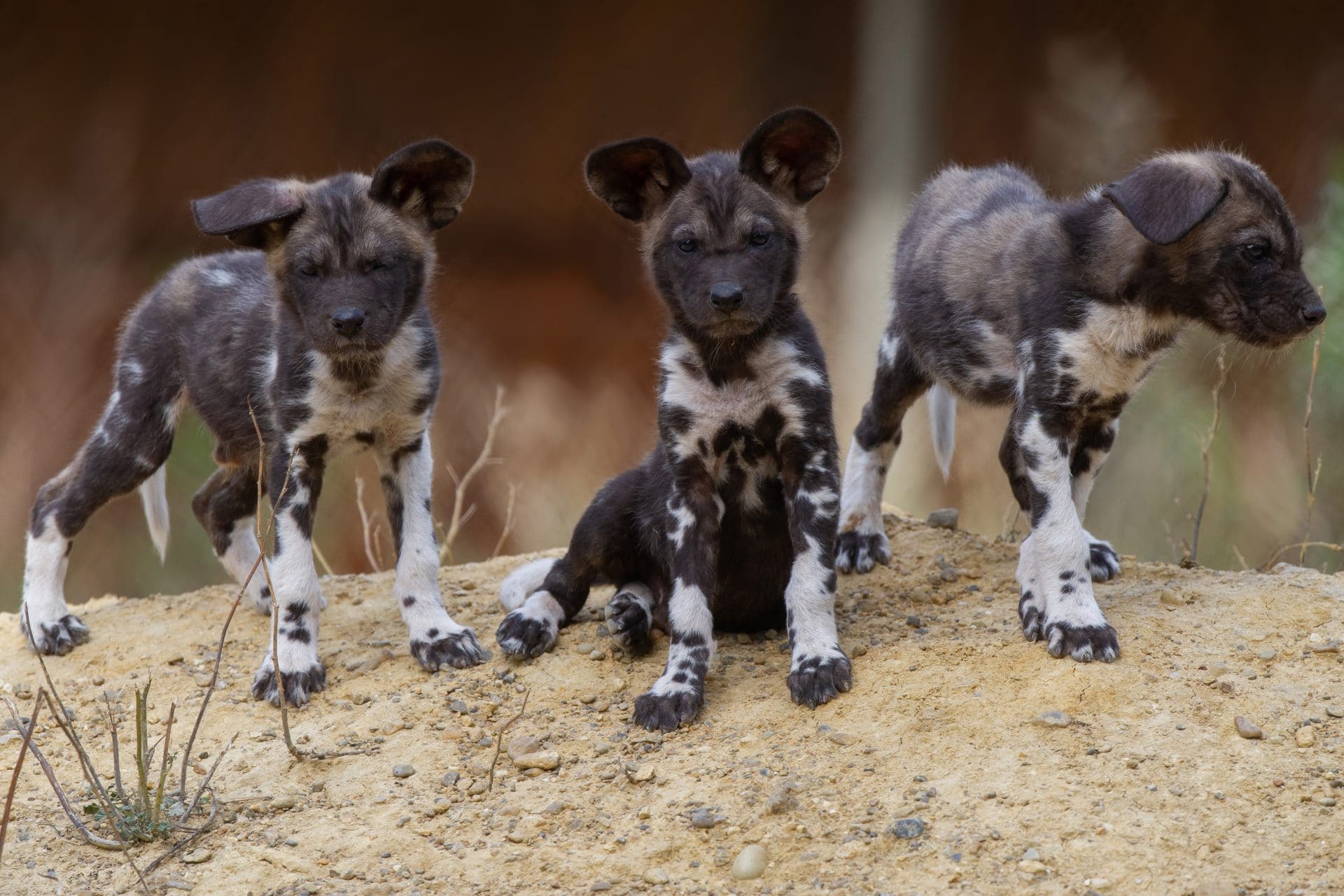
Africa – Democratic Republic of Congo
J.A.C.K: Care for orphaned chimpanzees (2018/2022)
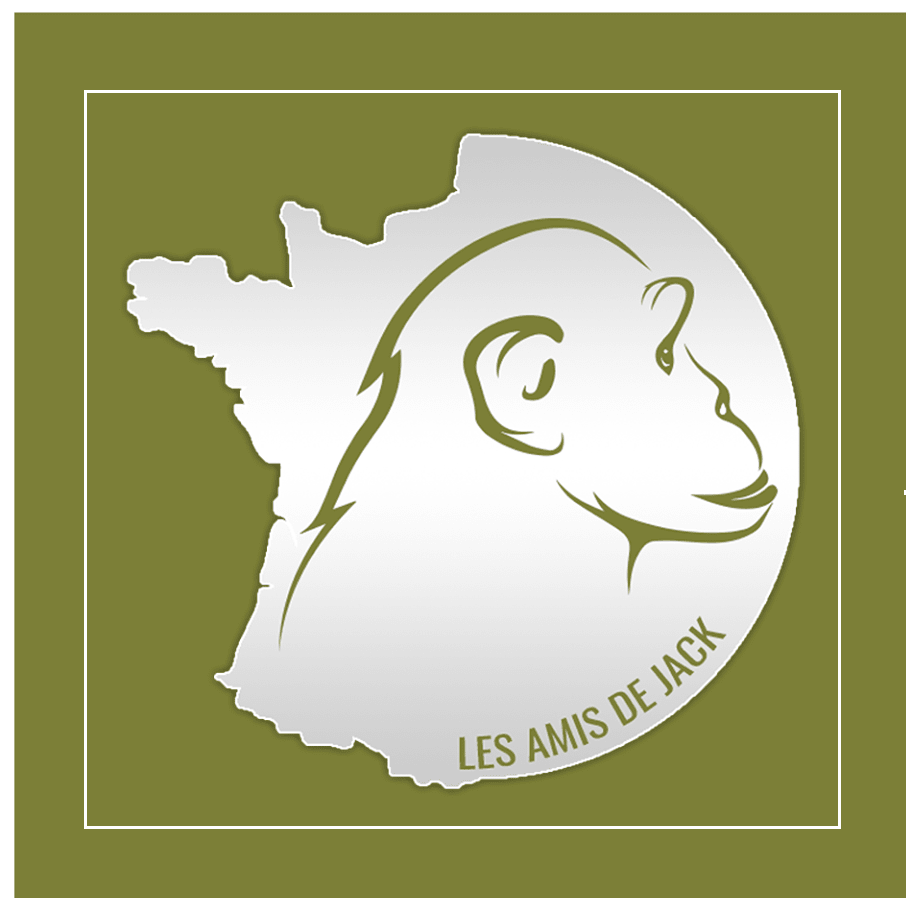
The Democratic Republic of Congo (DRC) is home to almost half of all chimpanzees living in the wild. Although the country recognized ape protection agreements in the 1990s, very little has been done to protect apes in the south of the country.
Chimpanzees face many threats:
- Deforestation: demographic pressure and the exploitation of natural resources (wood, oil, minerals) are having a major impact on chimpanzees’ natural habitats, through urbanization and the increase in cultivated or exploited land.
- Poaching: Chimpanzees are hunted for their meat (bushmeat). Very young individuals are taken alive and sold illegally as pets for wealthy individuals.
- Diseases: because of their close evolutionary links, chimpanzees and humans share many pathogens. Some are fearsome, and the cause of veritable hecatombes and health disasters. One example is the EBOLA virus
Friends of J.A.C.K
Les Amis de JACK” (LAJA) is a French association governed by the French law of 1901 and managed by a team of volunteers.
It was set up to provide moral and financial support for the J.A.C.K (Jeunes Animaux Confisqués au Katanga) sanctuary in the Democratic Republic of Congo.
J.A.C.K’s main objective is to put an end to illegal chimpanzee trafficking in the Haut Katanga Province by raising awareness among local populations and collecting chimpanzees rescued from trafficking and seized by the Congolese authorities.
Further information: http: //lesamisdejack.org
The Réserve Africaine de Sigean supports the association Les Amis de JACK in the protection of chimpanzees in the south of the Park.
The Congolese Ministry of the Environment, Conservation, Nature and Tourism (MECNT) seizes illegally detained chimpanzees and then entrusts them to the J.A.C.K. sanctuary, where they are cared for and integrated into social groups where they relearn the behavioral codes of their species.
The ultimate aim is to be able to release the groups thus formed into a protected area, using protocols already successfully employed by other African sanctuaries.
The sanctuary has also built an education center where it regularly welcomes schoolchildren and visitors to raise awareness of the importance of preserving chimpanzees, all wildlife and the environment in the DRC.
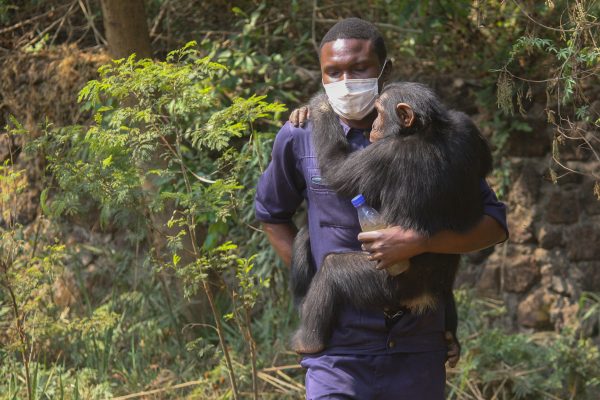
Africa – Guinea
CCC: Chimpanzee Conservation Center (2020/2022)
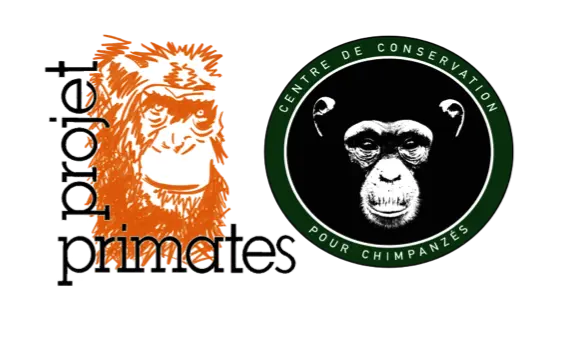
The center is located in the Republic of Guinea, in the heart of the Haut-Niger National Park in the Faranah prefecture. The sanctuary was created in 1997 in response to the emergency situation facing chimpanzee populations. A Guinean heritage treasure, their numbers are steadily declining, approaching the point of extinction.
CCC missions :
- COLLECT: Seized by the Guinean authorities, orphaned chimpanzees are collected in order to provide them with the best possible living conditions and prepare them for a return to the wild.
- RELOCATION: In order to regain their freedom and their natural habitat, the chimpanzees taken in undergo a long rehabilitation process lasting several years at CCC.
- RAISING AWARENESS: Local populations are made aware of the threats to chimpanzees. They learn about the importance of protecting this species and its habitat.
- PARTICIPATING : The Center actively participates in the community development of people living around the sanctuary and release sites.
More information at https://www.projetprimates.com/
Europe – France
LPO de l’Aude: “Helping the sparrow”.
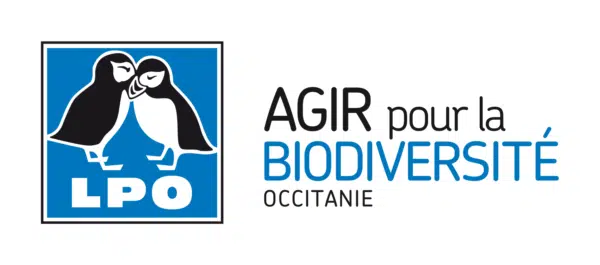
Once a common sight in rural and peri-urban landscapes, the Sparrow (Passer montanus), a cousin of the famous House Sparrow (Passer domesticus), has declined dramatically in recent decades and has now virtually disappeared from some French departments.
According to field surveys, this is one of the passerines to have suffered the most severe decline (-60%) in the last 20 years.
The main factors are the reduction in food resources (insects during the breeding season, wild plant seeds during the winter) and the scarcity of suitable nesting sites (cavities: hollow trees, old walls, etc.).
In the Aude department, this protected and endangered bird is still present in several communes, but breeding numbers seem to have fallen considerably. Faced with this worrying situation, and in order to avoid a critical situation for the species in the département, LPO Occitanie has decided to implement actions in favor of the Sparrow.
It was with this project that, in January 2023, the LPO de l’Aude was one of the 3 winning associations in the call for applications launched by the Réserve Africaine de Sigean for local conservation programs (departments 11/34/66). She is receiving €15,000 for this project.
Further information: https: //aude.lpo.fr/
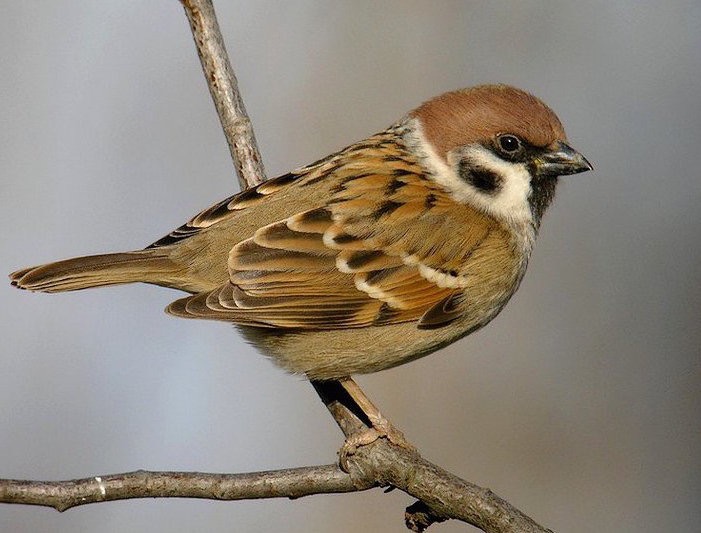
Europe – France
Association Paysans de nature: Emergence of a “Paysans de nature” group in the Hautes Corbières (2023)
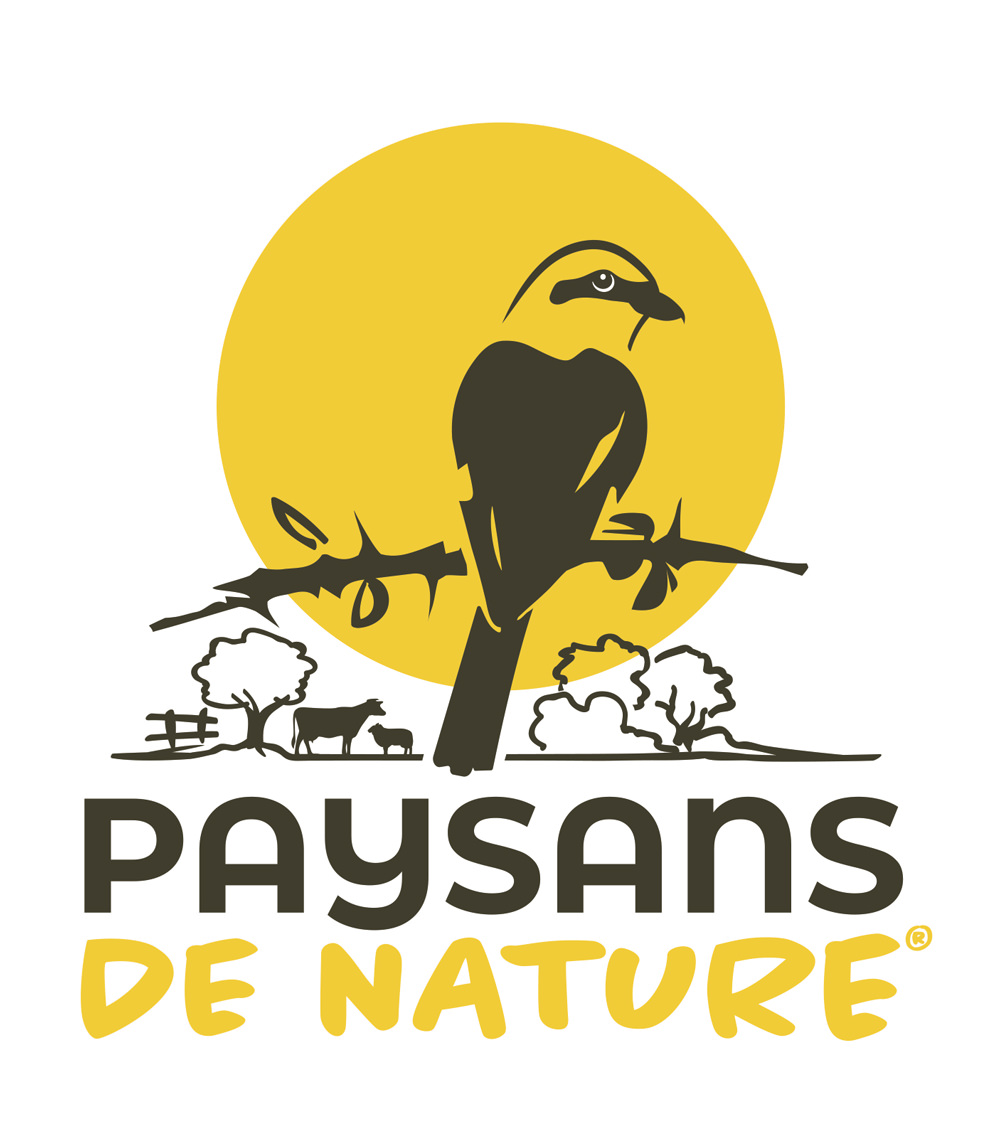
The Paysans de nature association aims to promote the protection and production of wild biodiversity by making wild spaces and species a central concern for farmers and other local residents.
The association participates in the dissemination and implementation of agricultural systems in which the protection of wild biodiversity is a central activity. Its main objective is to create and manage natural agricultural areas, or to protect them under contract or by regulation with farmers.
In concrete terms, the farmers in the network are committed to enhancing biodiversity on their farms (making room for wildlife in all its forms), and to participating in the dynamics of local settlement.
This requires a partnership with a local environmental organization (association, nature park manager) through a charter of commitments.
In the high Corbières region, committed farmers have proved that a farm can have a positive impact on wild biodiversity, produce quality food and earn a living at the same time. The Paysans de nature association is seeking to multiply these positive experiences and reclaim land that has been damaged by the agro-industrial model that has led to the decline in biodiversity.
Paysans de nature is at the crossroads of the concerns of environmental and agricultural organizations. That’s what makes it so unique and original.
In January 2023, Paysans de nature was one of the 3 winning associations in the call for applications launched by the Réserve Africaine de Sigean to support local conservation programs (departments 11/34/66), with a view to developing its network in the Aude region. She is receiving €15,000 for this project.
Further information: https: //www.paysansdenature.fr/
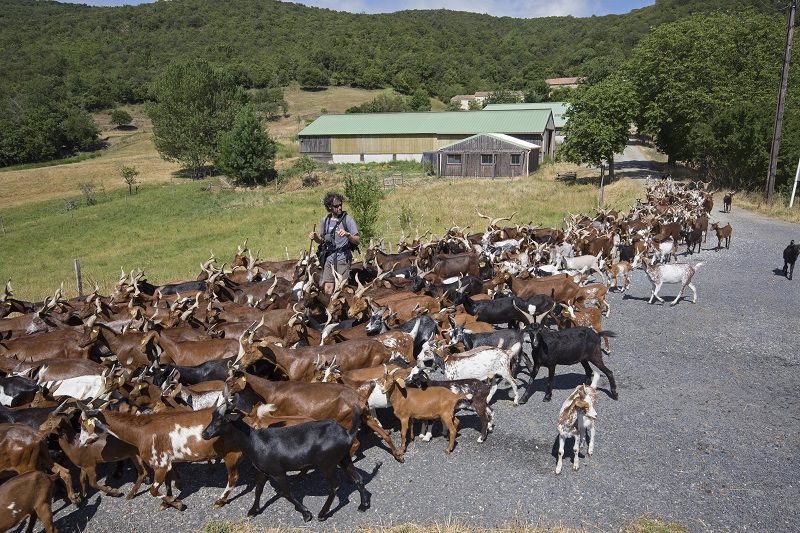
Europe – France
Association ADENA: Monitoring of post-nuptial bird migration by ringing at the Bagnas site (2023)
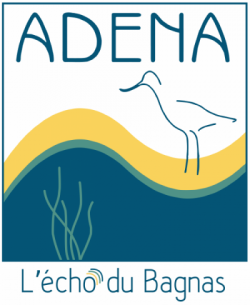
ADENA is a nature conservation and awareness association, with expertise in Mediterranean coastal wetlands. At the crossroads of the Bassin de Thau and the Hérault valley, it is located in the commune of Agde, in the Occitanie region.
ADENA has anchored its local action around the Bagnas national nature reserve, which it has managed since its creation in 1983. The reserve was born of the desire to preserve this remarkable wetland from urbanization.
For almost 40 years, ADENA has been protecting, leading and managing the reserve, in consultation with local stakeholders. Today, ADENA’s scientific and educational expertise extends over a wider territory, including areas connected to the Bagnas.
It is actively involved in projects to preserve wetlands, and works in partnership with local and national scientific, naturalist and environmental education (EEDD) networks.
The data produced by these banding programs is invaluable to both managers and the scientific community. Against a backdrop of climate change, monitoring bird populations using the Capture-Mark-Recapture (CMR) method, like ringing, not only provides fundamental data for the preservation and sustainable management of avifauna, but also invaluable information on the adaptations of certain species in terms of their migratory routes, length of stay and fattening rates.
These indicators are useful for better understanding the challenges of certain habitats, outside the breeding season, but also for addressing questions relating to the food resources potentially available on a site.
Further information: https: //www.adena-bagnas.fr//
It was with this banding camp project that, in January 2023, ADENA was one of the 3 winning associations in the call for applications launched by the Réserve Africaine de Sigean to support local conservation programs (departments 11/34/66). She is receiving €15,000 for this project.
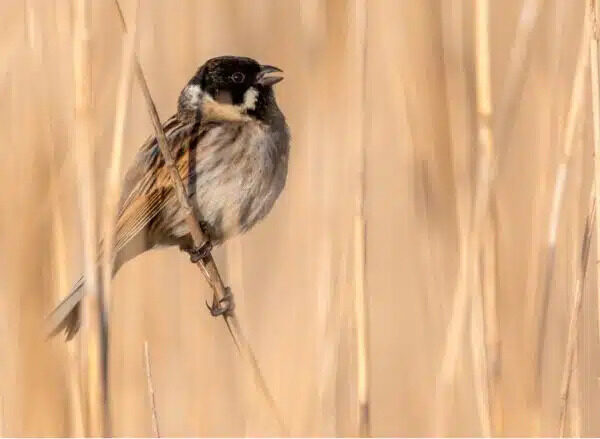
Africa – South Africa
Save the Rhino: Anti-poaching in Hluhluwe-Imfolozi Park (2019/2020)

Hluhluwe-Imfolozi Park is Africa’s oldest wildlife reserve, under protection since 1895. Covering an area of 960 km2 and located in the province of KwaZulu-Natal (eastern South Africa), it was the cradle of the white rhino’s renaissance in the mid-20th century.
This province is home to the highest rhino densities in South Africa, and the park is home to large populations of both white and black rhinos.
With such high rhino numbers, the park was of course targeted by poachers in the 2010s. Several hundred rhinos have been slaughtered to fuel the trade in rhino horn to Southeast Asia.
SAVE THE RHINO
Active since 1992, Save the Rhino International (SRI) is Europe’s largest rhino conservation NGO. Based in the UK, it works to protect the 5 species of rhinoceros across Africa and Asia.
SRI supports 15 African and 5 Asian conservation programs, raising funds from companies, patrons and zoos. In 2017/2018 thanks to SRI more than 2M euros were injected into rhino conservation in Africa, 88.6% of which was devoted to the fight against poaching.
Further information: https: //www.savetherhino.org/
SUPPORTING THE FIGHT AGAINST POACHING
Following SRI’s recommendations, Réserve Africaine de Sigean has chosen to support the anti-poaching program in the Hluhluwe-Imfolozi reserve. Its 2019 support will enable reserve officers to change their analog radio system for a much more efficient and secure digital one. Faced with poachers who are increasingly well-equipped and mobile, it is vital to have a state-of-the-art defense arsenal.
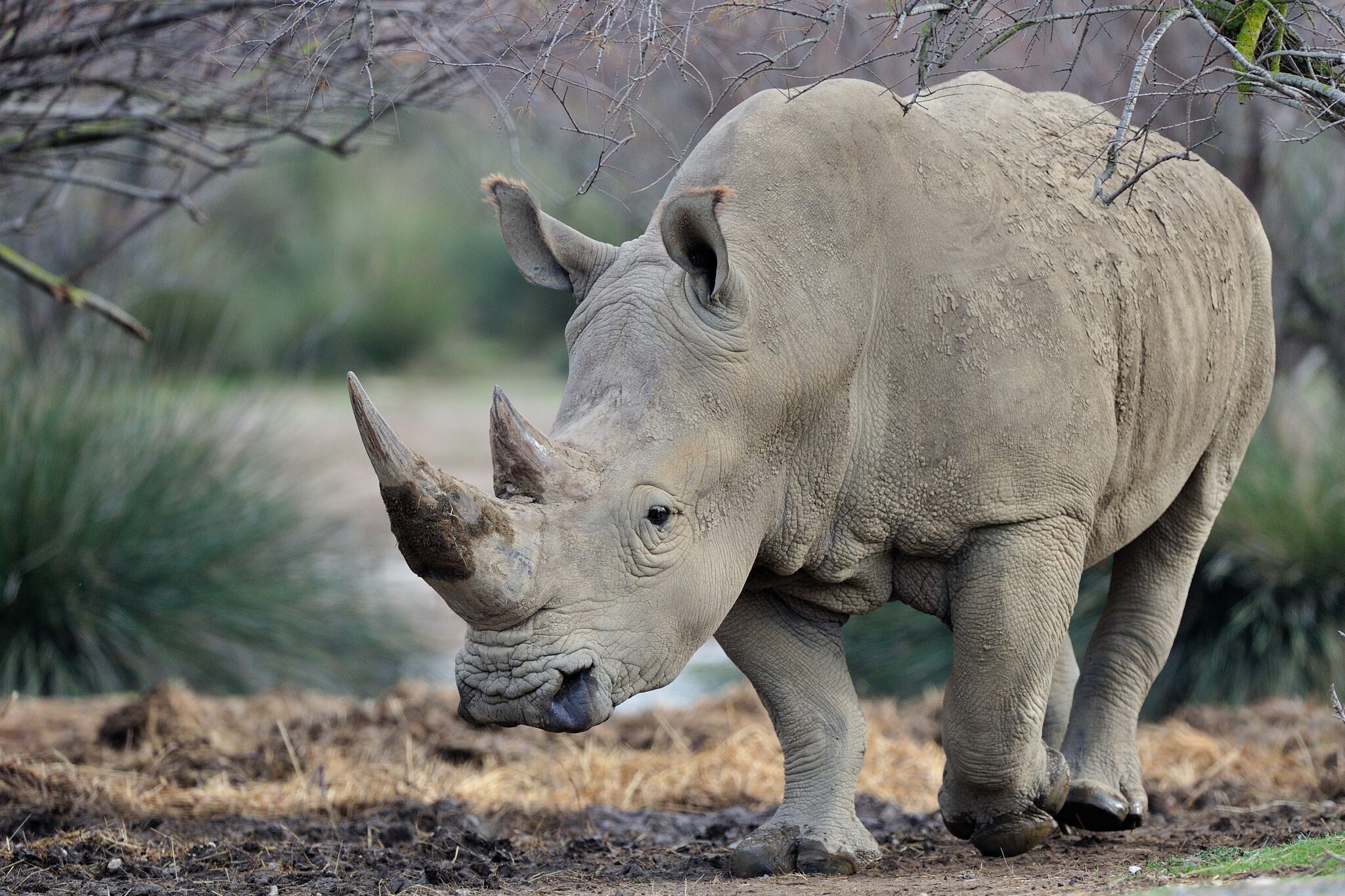
Europe – France
Fédération Aude Claire: Inventories, preservation and awareness-raising for a little-known and endangered species: the cultriped pelobate (2022)
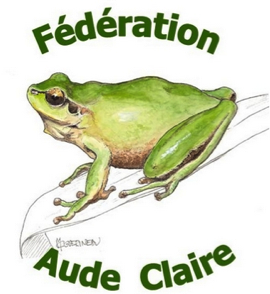
The Aude Claire Federation was created in 1993 by a group of associations wishing to pool their skills to improve the management and enhancement of aquatic environments. It works to protect and manage natural environments in general, as well as the species associated with them.
Aude Claire’s main objectives are to contribute to knowledge of the natural areas and animal and plant species present in its area of action. It implements a policy of protecting outstanding natural areas. The Federation contributes to site management, but also informs and raises public awareness.
It operates in the Aude river watershed departments of Ariège, Aude, Haute-Garonne, Hérault, Pyrénées-Orientales and Tarn.
The Pelobate cultripède is an Atlantic-Mediterranean amphibian endemic to south-western Europe. It prefers sunny waterholes in open areas of the low plains or on certain causses.
Its habitats are threatened by urbanization, wetland pollution and, like all amphibians, it suffers from road traffic and the presence of invasive species, particularly American crayfish, which have been proliferating in European wetlands since the end of the 20th century.
It seems that the species is quietly dying out on the Mediterranean coast, as recent naturalist data indicate a rapid collapse of local populations.
Aude Claire and the Réserve Africaine de Sigean have joined forces to create a dynamic for the preservation of this small, discreet amphibian before it’s too late: locating the last populations of pelobates, raising awareness among local players and signing management agreements with pond owners.
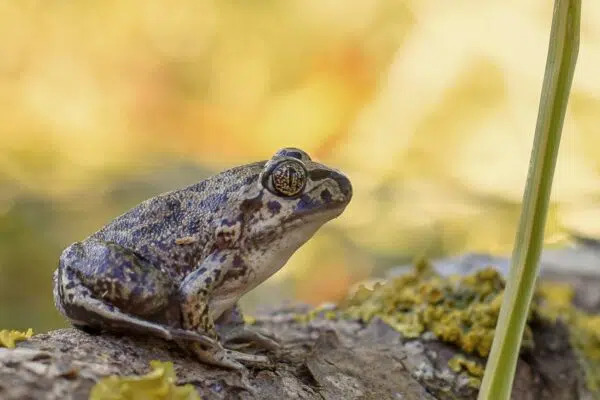
Europe – France
Aude Nature: Action to protect swallow populations in towns and villages in the Narbonnaise en Méditerranée Regional Nature Park (2022)
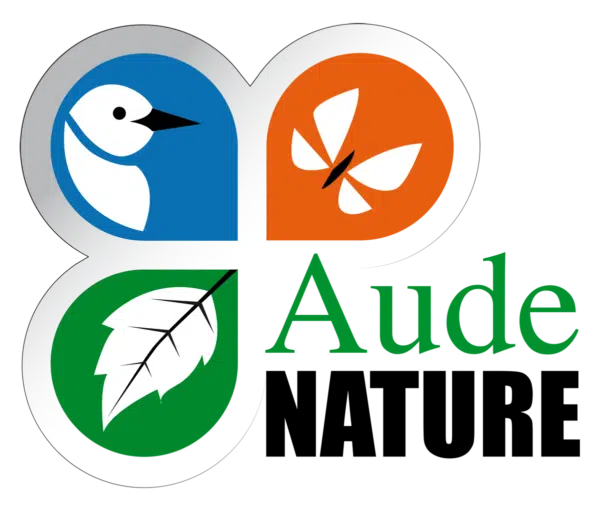
Aude Nature is an association founded in 2006 and based in Narbonne. Its aims are the knowledge, protection, conservation and enhancement of the natural and cultural heritage of the Aude and neighbouring departments.
To achieve this, she works on :
- Develop scientific research and studies (ornithological, botanical) on the status of habitats and species and, where appropriate, formulate recommendations for protection and management.
- Contribute to the preservation of flora and fauna by protecting, maintaining and/or restoring habitats.
- Carry out environmental education and sustainable development initiatives for a variety of audiences, from the general public to schoolchildren and technical services responsible for the development and upkeep of green spaces.
- Strict enforcement of laws and regulations protecting natural sites, habitats, flora and fauna.
Over the last 30 years, French populations of HouseMartins andBarn Swallows have declined by almost 40%, mainly due to the excessive use of pesticides in agriculture and the renovation of old buildings. It is imperative and urgent to take stock of the situation in order to be able to implement conservation actions adapted to local threats.
Involving the main local players (citizens, elected representatives, municipal technicians, etc.) in the implementation of these actions is essential, and requires constant efforts to inform, educate and raise awareness.
In the 20 communes of the PNR de la Narbonnaise en Méditerranée, Aude Nature is committed to taking stock of the situation of our 2 swallow species, creating a network of sentinels, raising awareness among key players in the area and implementing the first conservation actions in favor of swallows.
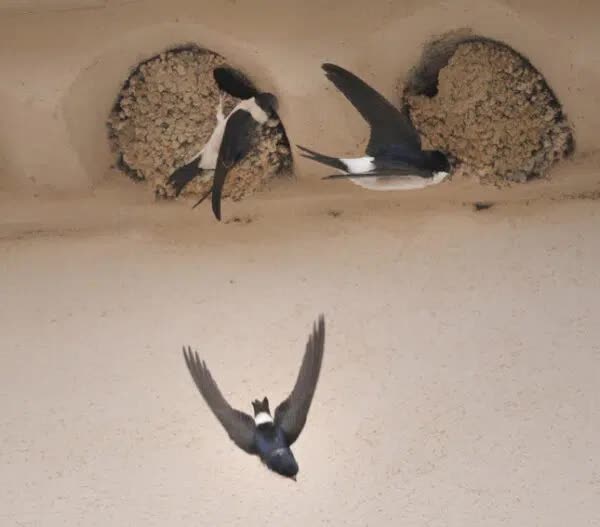
Europe – France
Association de sauvetage du littoral des Orpellières: Safeguarding the biodiversity of the Biterrois coast (2022)
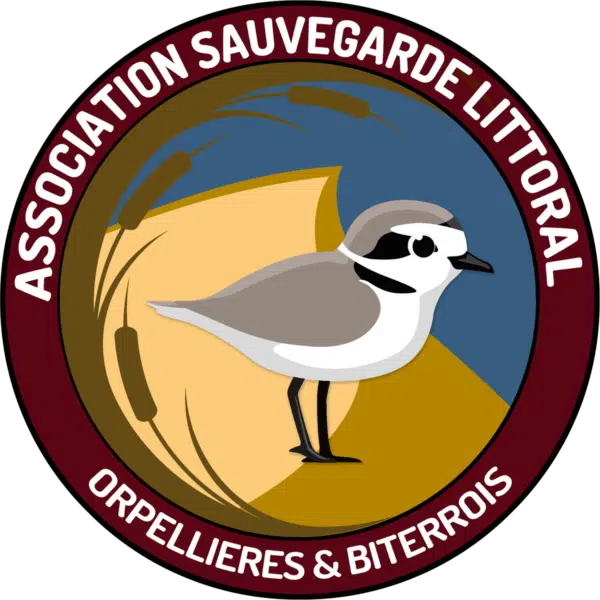
Founded in 2017, the Association de Sauvegarde du Littoral des Orpellières aims to raise awareness of the high heritage and functional value of the natural sites along the Biterrois coast to all kinds of audiences (political, school, tourist). These environments are mainly made up of wetlands, and today are home to almost 85% of Hérault’s biodiversity.
As such, they deserve a great deal of vigilance and real involvement on the part of environmental stakeholders. To this end, the association has chosen to highlight the biodiversity of these sites through awareness-raising initiatives (communication, events, eco-patrols) as well as species monitoring (counts, monitoring of high-stake species).
For the moment, these actions are concentrated mainly on the communes of Sérignan and Sérignan-plage, Portiragne and Portiragne-plage, and Valras-plage.
Two bird species in particular are emblematic, as they illustrate the threats that mass coastal tourism can pose to our biodiversity: the Little Tern and the Ring-necked Plover. These birds breed on our beaches and are both classified as DANGEROUS by the IUCN in the Languedoc-Roussillon departments.
Their small size and unobtrusiveness make them easy to spot. In spring, during the breeding season, they prefer beach areas strewn with gravel, shell debris or sparse vegetation. Within these habitats, they form colonies of varying size that nest on the ground, often on beach tops, exposing them all the more to potential disturbance or even unintentional egg destruction.
The nest is in fact a simple depression where the eggs are laid and incubated for around 3 weeks, between May and July.
The “Les Orpellières” association is therefore committed to taking action on the beaches of the Biterrois region between April and September 2022: locating and monitoring colonies of terns and gravelots, protecting broods by setting up temporary markers and raising awareness among coastal users (marauding ecopatrols, events, panels, exhibitions and conferences).
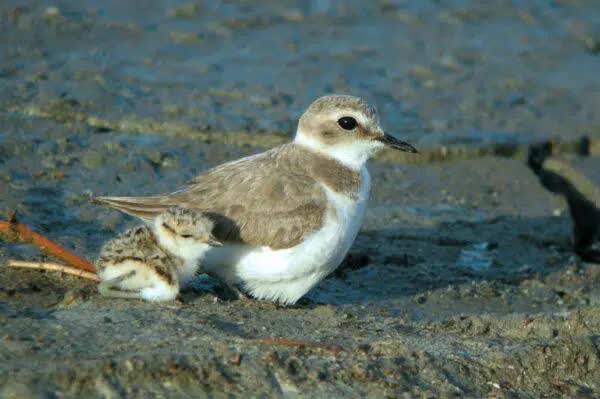
Europe – France
Fédération Aude Claire: Awareness-raising and inventory of Aude heterocerans (2021)

The Réserve Africaine de Sigean wishes to encourage Aude Claire in its approach, and is financing the implementation of nocturnal inventories and events in the form of participatory inventories, enabling both naturalist studies to be carried out with specialists and raising public awareness. These actions will take place in 2021 in 8 communes in the Aude department.
More information at https://www.audeclaire.org/
The Fédération Aude Claire is an association under the law of 1901, created in 1993 by associations wishing to pool their skills to improve the management and enhancement of aquatic environments. It works to protect and manage natural environments in general, as well as the biological species associated with them. Aude Claire’s main objectives are to contribute to the knowledge of the natural spaces and biological species present in its area of action.
It implements a policy of protecting outstanding natural areas. The Federation contributes to site management, but also informs and raises public awareness. It operates in the Aude river watershed departments of Ariège, Aude, Haute-Garonne, Hérault, Pyrénées-Orientales and Tarn.
Because it would be inconsistent to focus solely on the fauna and flora groups that take center stage in the media (birds, large mammals, orchids, etc.), Aude Claire proposes to highlight a more discreet group that plays several important roles in ecosystems: moths (“heterocerans”).
Both as caterpillars and adults, they represent a significant biomass, and the trophic role they play is essential to the survival of many nocturnal species, starting with bats and certain birds. Unlike the 176 species of butterflies in the Aude, which are fairly well known, studied and taken into account in most naturalist studies, the 3 to 4000 (!!) local species of moths are very poorly known and largely under-surveyed.
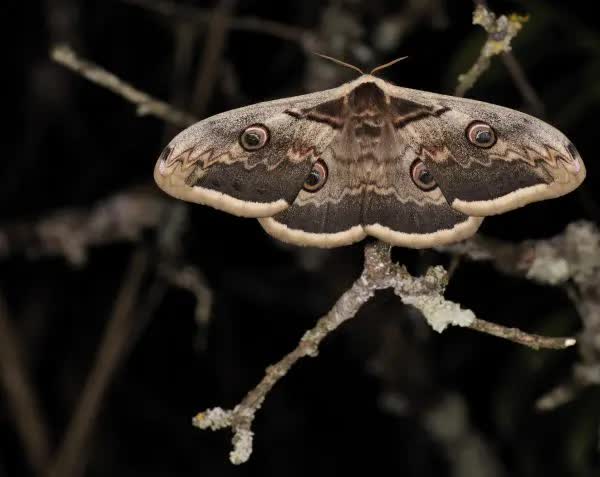
Europe – France
Association du Refuge des Tortues (A.R.T.): Leper emyd breeding station (2021)
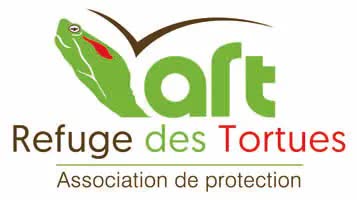
Based in the Haute-Garonne region of France, the Association du Refuge des Tortues (A.R.T.) manages a shelter for aquatic and terrestrial turtles, both native and exogenous, entrusted either by private individuals or by the authorities.
It also works to raise public awareness of the need to preserve biodiversity in general, and turtles in particular.
As part of its objectives, the Association du Refuge des Tortues has decided to set up a breeding station to promote the conservation of the Leprous turtle (Mauremys leprosa), the most localized of our two native aquatic turtles, now found only in the Pyrénées Orientales department.
This station will be used to reproduce the leprosy emymond in order to reinforce existing populations or reintroduce the species in areas where it has disappeared. All these reintroduction actions will take place in the Aude, Hérault and Pyrénées-Orientales departments, under the authority of the Conservatoire d’Espaces Naturels (CEN) d’Occitanie, coordinator of the National Action Plan for this species.
For more information, visit https://lerefugedestortues.fr/.
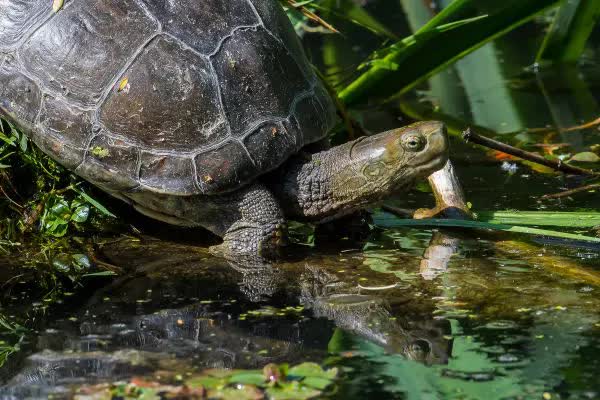
Europe – France
ADENA: Mobilization around invasive alien plant species (2021)

ADENA is a nature conservation and awareness association with expertise in Mediterranean coastal wetlands. At the crossroads of the Bassin de Thau and the Hérault Valley, it is located in the commune of Agde, in the Occitanie region. ADENA has anchored its local action around the Bagnas National Nature Reserve (Hérault), which it has managed since its creation in 1983.
The reserve was born of the desire to preserve this remarkable wetland from urbanization. For almost 40 years, ADENA has been protecting, leading and managing the reserve, in consultation with local stakeholders.
Today, ADENA’s scientific and educational expertise extends over a wider area, including the connected spaces of the Bagnas. It is actively involved in wetlands preservation projects and works in partnership with local and national scientific, naturalist and environmental education (EEDD) networks.
An invasive alien species (IAS) is a species introduced by man outside its natural range (intentionally or accidentally) whose establishment and spread threaten native ecosystems, habitats or species, with negative ecological and/or economic and/or health consequences.
After habitat destruction and over-exploitation (hunting, fishing, poaching), this is the3rd major cause of the disappearance of endangered species worldwide. In some island territories, it’s even the#1 cause. Wetlands are particularly vulnerable to IAS because they are biological corridors with a wide range of different habitats, subject to frequent natural disturbances that are favorable to the establishment and expansion of invasive species.
The Mediterranean coast is no exception, and many invasive alien plant species (IAS) have settled there. ADENA and various institutional players have set up a global study on the management of these EVEEs on the scale of the Etang de Thau watershed. The Réserve Africaine de Sigean is helping to finance this project in 2021, and hopes to use it as a model for the responsible management of the land it owns.
Further information: https: //www.adena-bagnas.fr/.
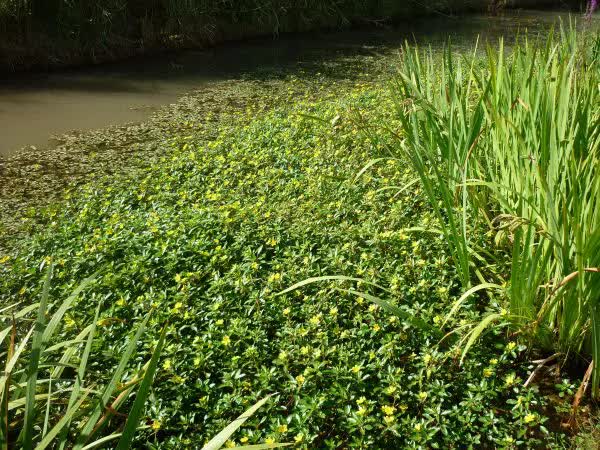
Europe – France
Fédération Aude Claire: Raising awareness of ordinary biodiversity (2020)

Small rural communities are often rich refuges of ordinary biodiversity: small gardens, low walls, watering holes, hedges, embankments… are home to a host of plants and animals.
Unfortunately, some modern management practices for green spaces, whether public or private, have harmful consequences for flora and fauna.
A few improvements and a bit of education on the part of landowners and local authorities could help restore or ensure the survival of this abundance of life.
That’s why the Limoux-based Aude Claire Federation is proposing to support 7 communes in the upper Aude valley in the implementation of virtuous practices for biodiversity: installation of nesting boxes and shelters for birds, insects, reptiles and bats, creation or preservation of flower meadows, late mowing of roadsides, awareness-raising and promotion actions for local residents through guided tours, conferences and educational materials. Support for local authorities will be provided by means of an agreement with local elected representatives.
A sum of 15,000 euros has been awarded to the Fédération Aude Claire for this action to raise awareness of ordinary biodiversity.
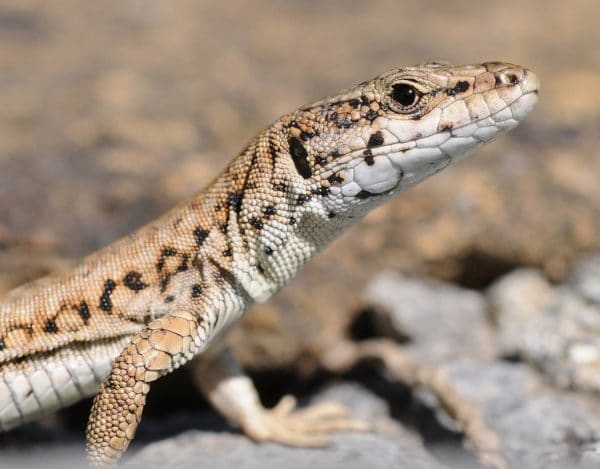
Europe – France
LPO de l’Aude: “Hirondelles” project (2020)

After noting the sad disappearance of swallows from certain towns in the Aude department, the Ligue de Protection des Oiseaux de l’Aude has launched a project to protect the populations of this familiar bird.
One of the causes of the decline is the destruction of nests during facade repairs or building renovations. The LPO de l’Aude is therefore launching a campaign to monitor swallow populations and raise awareness among the owners of buildings occupied by these birds in the department’s towns and cities (Carcassonne, Narbonne, Montredon, etc.).
A sum of 5,000 euros has been awarded to the LPO de l’Aude to launch the “swallows” project.
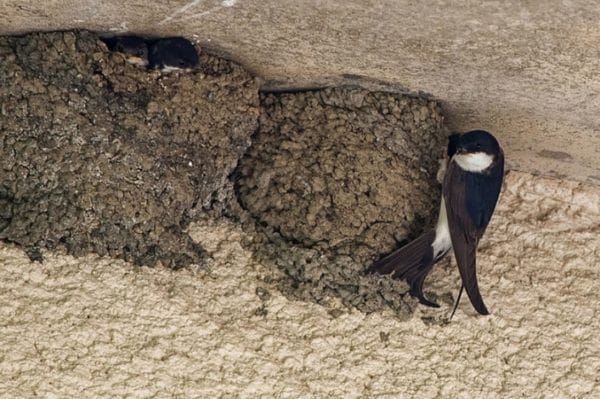
Europe – France
Groupe Chiroptères du Languedoc Roussillon: “Grande Noctule” action plan (2020)
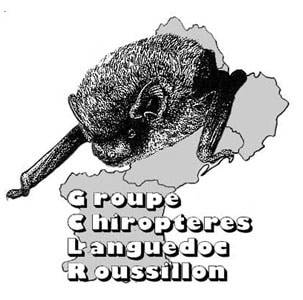
Despite the density of our naturalist and scientific network, there are still species in France about which we know virtually nothing. Such is the case of the Great Noctule, our largest bat, and the only one that is carnivorous at certain times of the year: it is renowned for capturing small birds at high altitude during spring and autumn migrations!
This is a species found in the southern half of France, about whose distribution, status, trends, phenology and sensitivity to wind farms or forest management we know almost nothing. It is dependent on old-growth forests with senescent, hollow trees in which it shelters during the day.
It is classified as Near Threatened by the IUCN, but its French status could not be established due to lack of knowledge. It is therefore impossible to implement protection measures until we know more about its biology!
A regional action plan has therefore been launched for the 2019-2021 period across the Massif Central. The Groupe Chiroptères Languedoc-Roussillon has committed to taking part in this program in its territory: Montagne Noire, Haut-Languedoc, Causses and Gorges de l’Hérault.
The objectives of this action plan are to identify the distribution areas, assess the sensitivity issues and communicate on the actions to be taken for the conservation of the Great Noctule.
To enable the Groupe Chiroptères Languedoc Roussillon to launch this ambitious program, a sum of 25,000 euros has been allocated.
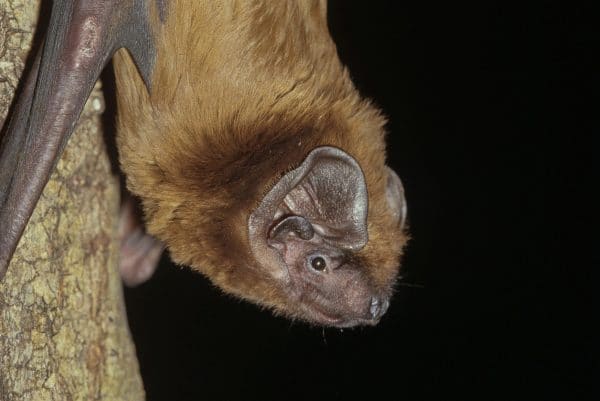
Europe – France
LPO 34: Financial support for the Villeveyrac care center (2018/2022)

For several years now, the LPO34 care center has been suffering from a virtual absence of public funding and a shortage of private funding, despite an activity of general interest that meets a growing need. Breathless, this situation led it in 2018 to launch a media campaign, an appeal for generosity from private individuals and a canvass of local authorities and public institutions in order to respond to the urgent need to balance its finances in the short term, but also on a long-term basis.
It is in this context that the Réserve Africaine de Sigean, sensitive to this activity of general interest and its financial difficulties, wished to financially support the LPO 34 care center.
LPO 34 (Ligue pour la Protection des Oiseaux – Hérault):
LPO34 is a non-profit association under the French law of 1901. It founded its regional wildlife rescue center in 2012. Its primary objective is to return to the wild, after care and without dependence on man, wild animals collected in distress (injured, weakened, sick, etc.), whether common or heritage animals.
Since its opening, it has welcomed over 12,500 animals, including 2,833 in 2017, the vast majority of them birds, but also small mammals. It is also home to two species of native turtle.
It also contributes to our knowledge of wild fauna, by recording information on the animals taken in (species, age, sex, place of discovery, reason for taking in, biometrics, genetics, etc.), making it possible to feed naturalist and scientific data, as well as to set up preventive or even curative actions to avoid sources of mortality, particularly anthropogenic.
The banding and/or fitting of satellite tags to certain animals released into their natural environment can also provide further information on the birds’ longevity and chorology.
In association with the SAGIR network, the rescue center is also a key tool in the epidemiological monitoring of wild species in Occitanie.
By virtue of its role, the emergency response center is also a major facility for preventing and dealing with crisis situations linked to land and/or sea pollution.
To accomplish its missions, the care center’s salaried team trains volunteers, trainees, civic services and professionals (firefighters, technical services, local authorities, etc.) in the capture and handling of wild animals, health risk prevention and first aid.
Last but not least, the rescue center works hard every day to educate the public about wildlife. In 2017, for example, 5,667 calls concerned this activity, the aim of which is to answer citizens’ questions (for example: gull “attack”, bats under the roof, starling droppings, swarms wandering about, etc.,) sometimes in a crisis situation, about their cohabitation with wildlife. This public-interest activity, with its educational approach based on listening, encourages conflict resolution and acceptance of wildlife, sometimes even within the home. It acts as a link between the various players involved in the management of these situations, relaying responses where necessary to these players (local authorities, nature police, environmental authorities, nature protection associations, consultancy firms, etc.).
Further information: https: //herault.lpo.fr/centre-de-sauvegarde/
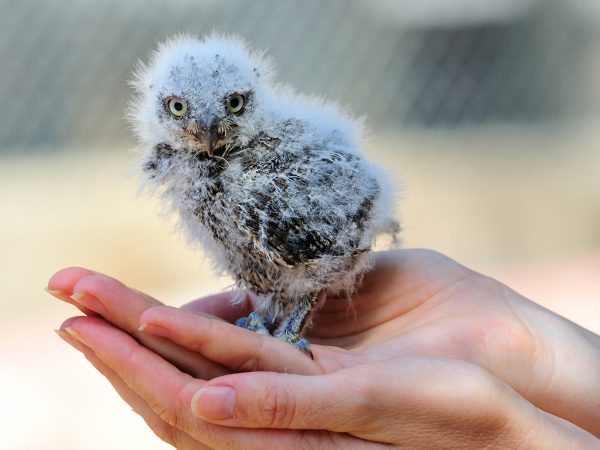
Europe – Spain
Junta de Andalucia: Reintroduction of the Bald Ibis (Geronticus Eremita) on the Andalusian coast (2018)
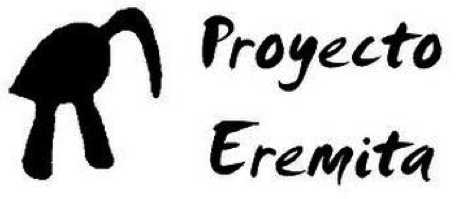
With its early baldness and dark plumage, the Northern Bald Ibis(Geronticus eremita) is certainly not the most beautiful bird on earth. But with a wild population of 116 pairs (in 2015) it is certainly one of the rarest! This is why Spain and European wildlife parks are mobilizing to save this species from extinction.
The Bald Ibis once lived all around the Mediterranean. This insectivorous wader of the arid steppes nested in small colonies on coastal cliffs or in deep valleys. These colonies disappeared one after the other, and today only 4 remain, all on Morocco’s Atlantic coast. There are many reasons for the decline of the Northern Bald Ibis, chief among them the conversion of extensive pastures to cereal or market-garden crops, the intensive use of pesticides by conventional agriculture, urbanization of nesting sites and, last but not least, poaching on wintering grounds or migratory routes.
In captivity, on the other hand, this species is doing well, with an estimated 1,200 in the aviaries of various European wildlife parks. So it was only natural that reintroduction initiatives should be launched, and it was against this backdrop that the Proyecto Eremita was born!
Proyecto Eremita
Jerez de la Frontera Zoo, with the support of the Spanish government and a European committee of experts, has developed a program to reintroduce the Northern Bald Ibis to the county of La Janda, in the far south of Spain. It had been missing for over 400 years! The sites selected for the project meet the physiological needs of this bird and are similar to the biotopes found on Morocco’s Atlantic coast, where the last wild Northern Bald Ibises live. Although these sites are relatively unaffected by the usual threats and risks faced by the species, particularly poaching, the released birds remain under the constant surveillance of a Spanish team. Before releasing the captive-born birds, extensive awareness-raising activities were carried out with the local population, and the project was enthusiastically embraced by the Andalusian people. Today, Andalusia is home to around a hundred Northern Bald Ibises, most of them the result of reintroductions, but some of them have already been born in the wild! Captive-born ibises are released in January, after a few months in an acclimatization aviary. They will come to an end in Andalusia as soon as the species’ numbers are stable or increasing. Other reintroduction projects are underway or being studied, notably in Austria, Italy and Algeria.
The Réserve Africaine de Sigean supplied 15 Northern Bald Ibises to this project in 2017 and funded the purchase of 8 GPS/GSM beacons, which track the movements of the released birds in order to better identify the habitats they frequent.
